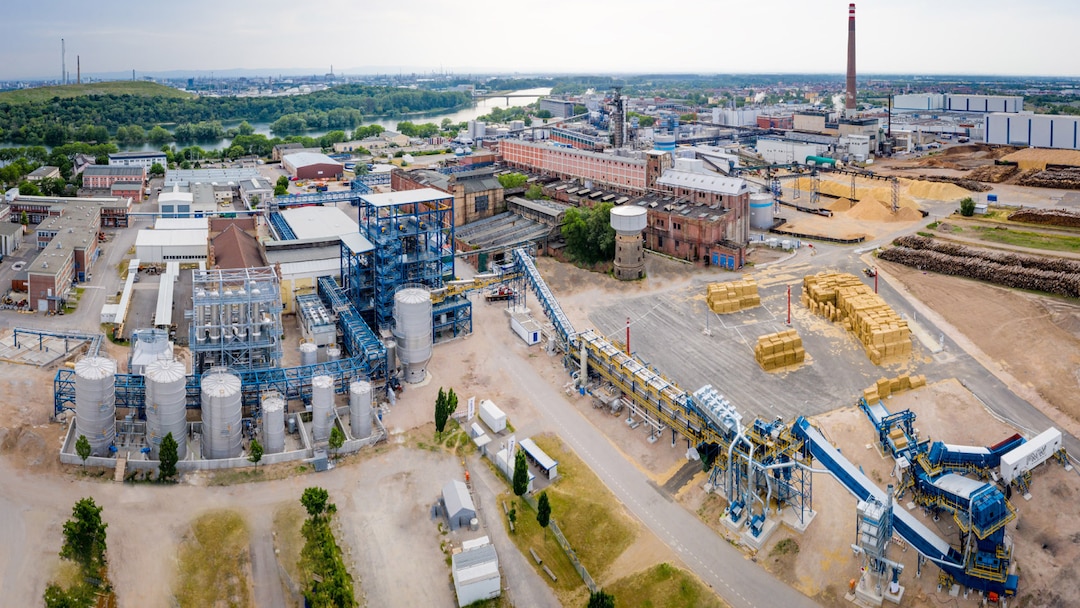We believe that breakthrough technology is pivotal for decarbonization. By mobilizing internal teams and cooperating externally with research institutes and leading technology partners, Essity is taking responsibility for driving a sustainable net zero transition.
We build test labs and show proof-of-concept for ground-breaking ideas to accelerate the necessary transition of manufacturing. We have already shown that we can scale up breakthrough technology by developing the first integrated tissue mill in the world to start large-scale production of tissue from wheat straw.
Essity has made another breakthrough on its journey to net-zero emissions by 2050. In a recently concluded pilot, Essity became the first company in the industry to produce tissue in a CO2 emission-free production process using renewable hydrogen at its production facility in Mainz-Kostheim, Germany. The pilot, encompassing efficiency programs and electrification through renewable energy, used hydrogen as a final building block to replace natural gas in the hood dryer of the papermaking process.
In an exclusive partnership with Voith, Essity will collaborate in the development of a new disruptive concept that revolutionizes and rethinks tissue manufacturing. Compared to conventional paper making processes, this process enables CO2-neutral tissue production, and reduces freshwater consumption by 95%, and energy consumption by up to 40%.
 Austria
Austria  Belgium
Belgium  Canada
Canada  Denmark
Denmark  Finland
Finland  France
France  Germany
Germany  Italy
Italy  Mexico
Mexico  Netherlands
Netherlands  Norway
Norway  Poland
Poland  Spain
Spain  Sweden
Sweden  United Kingdom
United Kingdom  USA
USA 












